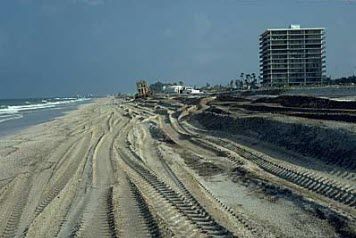Characteristics of Response Strategies: A Guide for Spill Response Planning in Marine Environments
This job aid is designed to help spill responders select appropriate response options to minimize environmental impacts when oil spills in coastal habitats. The response methods discussed include natural recovery; mechanical, chemical, and biological treatments; and in situ burning. The job aid focuses on maximizing response effectiveness while minimizing resource impacts. The guide is especially useful for people participating in cleanup assessments as part of Operations and Planning Units within the Incident Command System (ICS).
View and Print the Job Aid: Characteristics of Response Strategies: A Guide for Spill Response Planning in Marine Environments [PDF, 1.1 MB]: Updated June 2010; reprinted March 2013.
Order a Copy: We're sorry, but bound copies of the job aid are no longer being produced.
Related Publications
This guide and its companion guide, Characteristic Coastal Habitats: Choosing Spill Response Alternatives, are based on information contained in the manual, Environmental Considerations for Marine Oil Spill Response, published in 2001 by the American Petroleum Institute, NOAA, the U.S. Coast Guard, and the U.S. Environmental Protection Agency. The manual is available for purchase from IHS Inc.
Shoreline Assessment Job Aid: This job aid is a supplement to the Shoreline Assessment Manual, which contains visual examples of many of the terms responders would use during shoreline assessments after an oil spill.
More Information about Job Aids
Job Aids for Spill Response: Learn more about the job aids that OR&R has created to help oil spill responders complete their response tasks.
Questions: Contact us with any questions, comments, or suggestions related to NOAA Job Aids.
 An official website of the United States government.
An official website of the United States government. 
